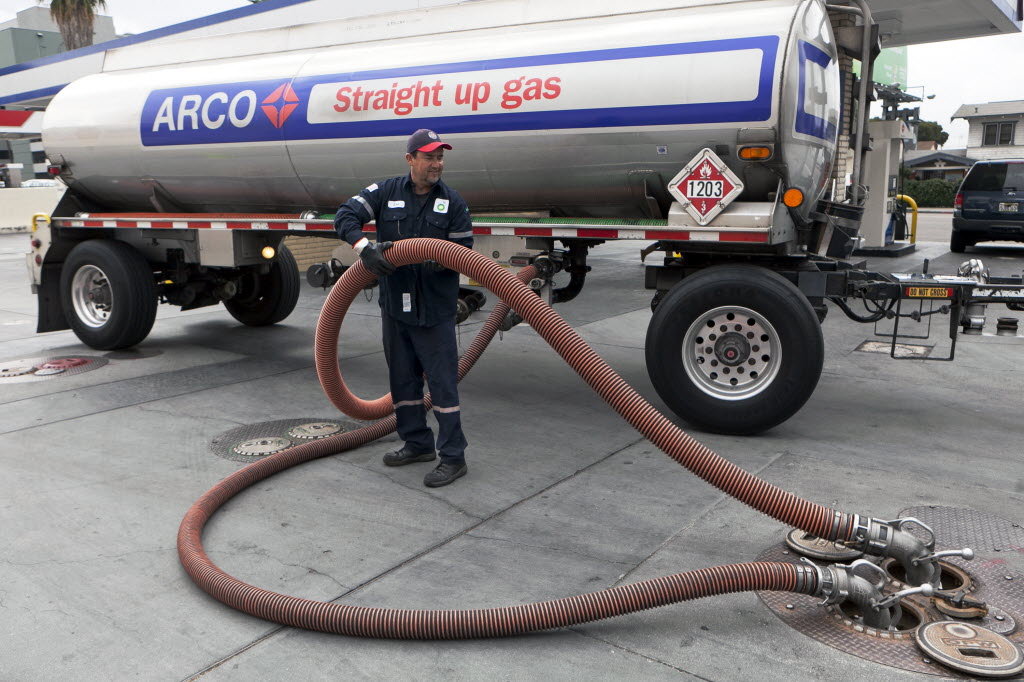Gasoline delivery is part of a group of smaller sources of pollution known as area sources — smaller activities by businesses or facilities that, when measured across a group of sites, can accumulate to large amounts of pollution impacting Delaware’s air quality.
Gasoline vapor emissions are regulated because they contain Volatile Organic Compounds (VOC) and Hazardous Air Pollutants (HAP).
Regulated reactive VOCs are defined in the definitions section of Delaware’s Air Quality regulations (7 DE Admin. Code 1101). Gasoline Delivery Vessel VOC vapor emissions are regulated under Section 27 of the Control of Volatile Organic Compound Emissions regulations (7 DE Admin. Code 1124) and controlled through mandatory vapor collection and return to the delivery vessel.

The EPA has identified many HAPs in the complex mixture called gasoline. Primary constituents of concern are: Benzene, Toluene, Ethyl benzene, and Orhtho-, Meta-, and Para-xylenes.
These carcinogenic pollutants are regulated under Section 27 of the Control of Volatile Organic Compound Emissions regulations (7 DE Admin. Code 1124) and controlled through mandatory vapor collection and return to the delivery vessel.
Those gasoline delivery vessels making a drop (delivery) to any Gasoline Dispensing Facility (GDF) in Delaware are required to apply for and obtain a Gasoline Delivery Vessel permit prior to any delivery. The permit can be applied for using the Digital DNREC ePermitting system.
For permit conditions and additional information please see the permit example.
Gasoline Delivery Vessels must verify vapor-tightness annually, as demonstrated by Method 27 of 40 CFR Part 60 Appendix A.
Related Topics: air quality, air quality permits, area sources, clean air, gasoline, permitting and regulation, registrations